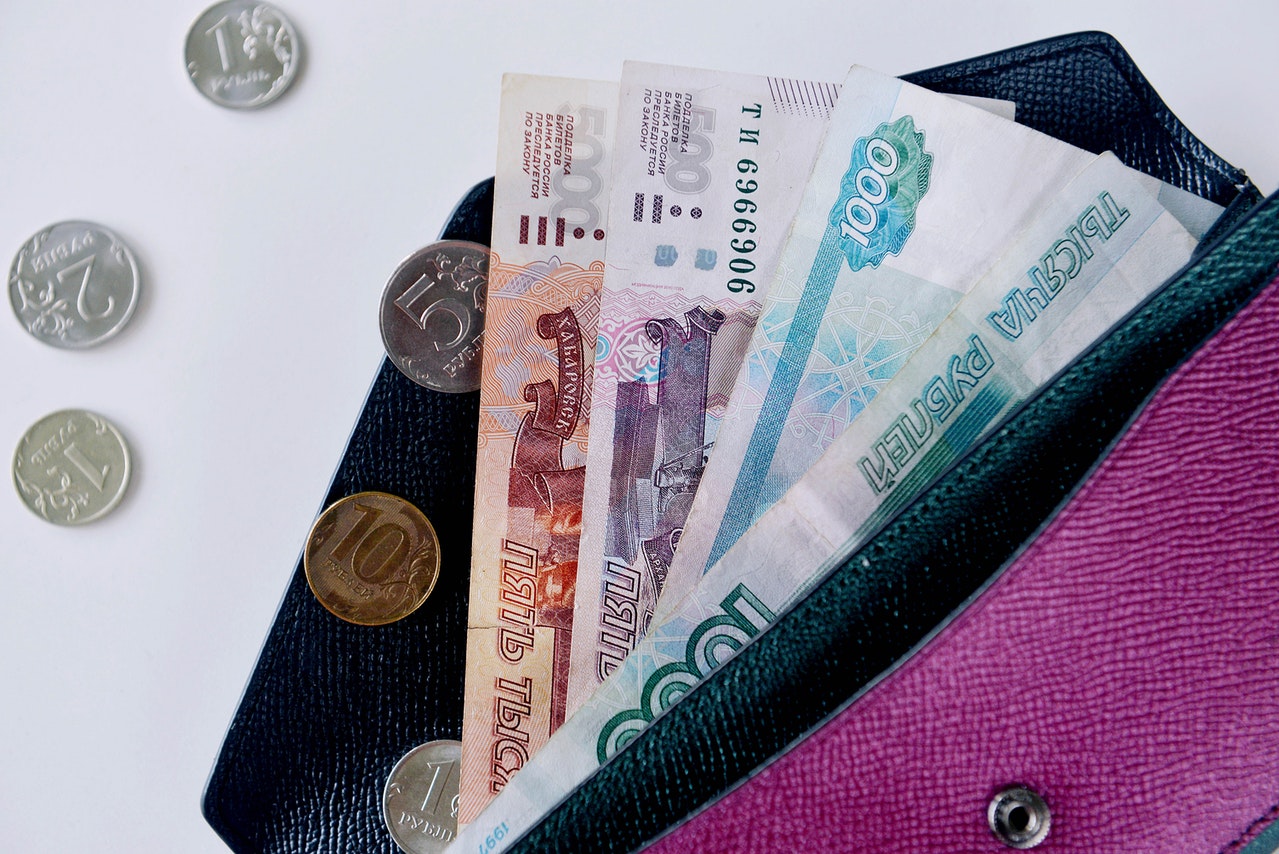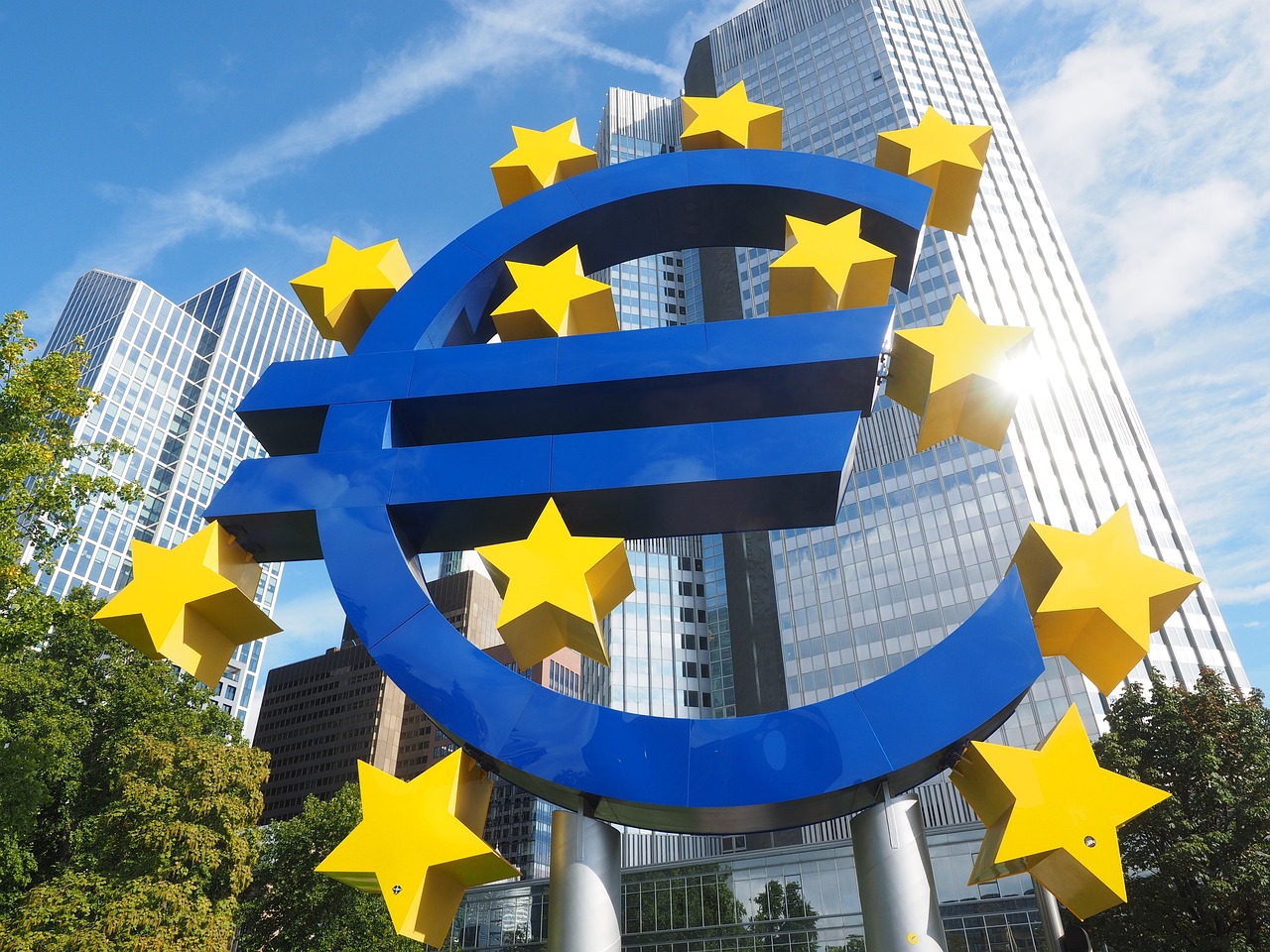After plummeting in the wake of Russia’s invasion of Ukraine and subsequent sanctions imposed by the international community, the Russian ruble has rebounded dramatically, nearing its value before the invasion.
The rebound means that the currency has doubled its value since its low point on 7th March, as the Russian Government introduced measures to prop the up the currency and the European countries’ continued purchasing of energy from the country.
Following the precipitous drop in the value of the country’s currency, Russia’s central bank moved to rescue it.
The bank more than doubled Russia’s key interest rate to 20 per cent, set up limits on withdrawals in foreign currency, restricted local firms access to foreign currency, and banned foreign investors from selling Russian stocks and bonds.
The currency also jumped when Russian President Vladimir Putin demanded that “unfriendly” countries pay for gas in the Russian currency, though he later compromised and softened this position.
Aside from these factors, the reliance of many EU nations on Russian energy sources has significantly softened the impact of the sanctions.
Bloomberg Economics has projected Russia to export around $320 billion (€292.73 billion) in energy this year, up by more than a third than it did in 2021, including to both EU and third countries.
However, it is worth noting that the value of a country’s currency is not the only indicator of its economic strength and that sanctions are still having an impact.
The Russian economy was predicted by the International Monetary Fund in January to grow by 2.8 per cent this year, is now expected to shrink by 10 to 15 per cent.
Additionally, cost of living seems to have increased significantly in the country.
US tariffs force EU to slash growth forecasts as trade war fears grow
Global trade tensions, particularly US tariff policies, have cast a shadow over Europe’s economic prospects
Hotels, restaurants, and plenty of exposure: The economics of hosting Eurovision
Previous hosts reported benefits way after the end of Eurovision
Unlikely EU will get rid of all US tariffs and is prepared for retaliation
The latest in the on-going trade disputes between the two major economies






